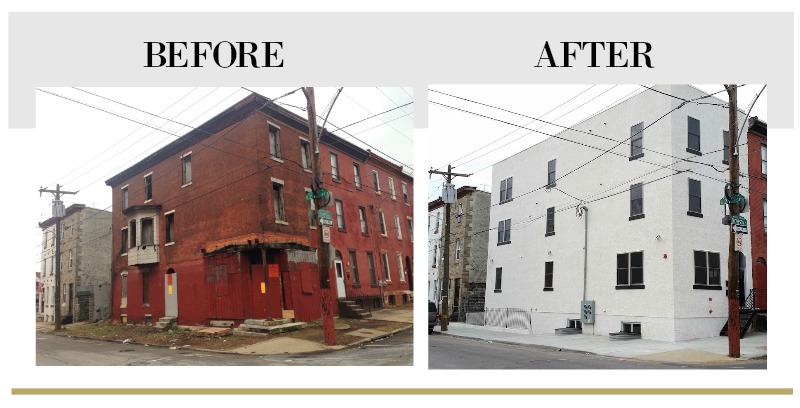What is a bargain?
Some people define a bargain as something purchased inexpensively. If that’s the case, then why don’t we go to the worst slum neighbourhood and buy the cheapest property we can find?
So perhaps that’s not it.
We want to buy the property on the dividing line between the expensive sought-after neighbourhood and the, “so-so” neighbourhood.
By redeveloping on that dividing line, we can borrow the value from the more expensive neighbourhood next door. By developing product that is consistent with the higher price point, the new building can become associated with the more expensive area. We can expand the expensive area.
By purchasing on the “wrong” side of that dividing line, the purchase price should be consistent with that lower priced area. The extreme value created by the new construction is what makes the low purchase price a real bargain.
Now if the dividing line is a hard boundary, like a municipal boundary, or a school district, that line isn’t going to move. But if the line is arbitrary, then there is no reason not to move it.

Go Bigger
Developing a single property won’t be enough to convince the marketplace that the line has moved. But if you acquire 5 or 10 or 20. Then you are sending a solid message to the marketplace that the line has moved. It’s easier to go bigger in this instance. The property pictured above was purchased for $19,000 and redeveloped with a new building that appraised at $615,000. However, it’s one of 5 projects that are being developed within a one block radius. The scale of development in the area is a key part of convincing the marketplace that the line has moved.



